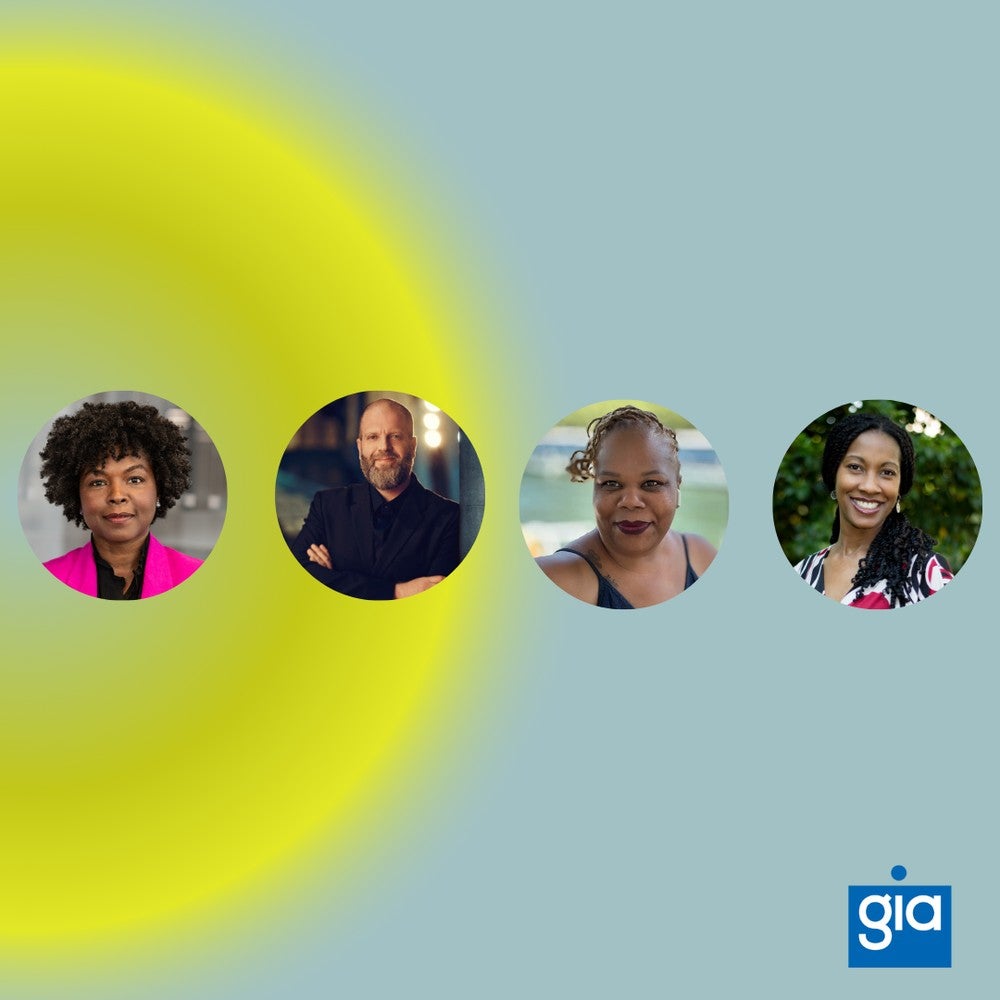At Wallace, all of our initiatives are designed with two goals in mind: to benefit the organizations we fund and to benefit those we don't fund by providing credible, relevant knowledge derived from the initiative. For that reason all of our initiatives have a learning agenda.
In our current arts initiative, for instance, we set out to understand how audience-building efforts, carried out by nonprofit performing arts organizations in a continuous learning process, could attract new audiences while retaining current ones, and, at the same time, contribute to financial health. Now, the first of three expected reports from the initiative is out: a literature review of what’s known about the relationship between audience building and financial health.
Francie Ostrower, a professor in the LBJ School of Public Affairs and College of Fine Arts and a senior fellow in the RGK Center for Philanthropy and Community Service at the University of Texas, Austin, is co-author of the literature review and is leading the research effort on the initiative. In addition to the current review, Ostrower expects to publish two more reports: one on how the 25 organizations participating in the initiative implemented their efforts and another detailing the outcomes of their work.
We asked Ostrower to reflect on some of the key findings of the literature review.
What is your opinion on the state of research surrounding the topic of audience building?
The literature offers numerous intriguing leads, ideas, and case studies—but many remain to be examined more systematically to really understand the consequences of audience-building efforts of different types. Other promising lines for future development would be to build a more cohesive body of research whose individual works reference and build on one another, and to link audience-building studies to the broader literature on organizational change, learning and culture.
At a few points in the literature review, you highlight that “audience-building and financial health literatures are distinct (with virtually no exploration of the relationship between the two).” Why do you think they’ve been separated historically? And what value is there in combining the two fields?
There would be great value to having additional studies that combine these fields. That is not to say that audience-building efforts should be judged or motivated by financial returns. They may yield financial returns, or their returns may be social or mission-driven. However, organizations need to understand the financial costs and returns so that if needed, funding is secured to support the efforts in a sustainable way.
You highlight that empirical support for audience-building efforts is often slim. To what do you attribute this lack of empirical evidence?
Assessing the outcomes of audience-building efforts is far more complicated than it may appear, and faces barriers of time, cost and access to reliable data. Arts organizations themselves may have only limited data on their audiences. The research challenges become even more substantial when we go beyond overall attendance counts to look at audience composition, follow efforts over time to understand their sustainability and try and establish how generalizable an approach tried by some organizations may be to others.
It seems there are two gaps in the literature: little study of the link between audience-building and financial health and a lack of empirical evidence of the results of audience-building tactics. How does the design of the evaluation for the Building Audiences for Sustainability initiative address these gaps?
Working within the challenges of this very complex data undertaking, we will be trying to establish whether and how organizations attracted new audiences and retained current audiences as they undertook their audience building activities. Combining qualitative and quantitative data, we will also seek to understand the experiences and internal organizational consequences of engaging in audience building efforts.
Based on this literature review, what are the takeaways you hope nonprofit arts managers will find? Do you have different takeaways for board members? How about for artistic staff?
There are several takeaways: Audience-building efforts should not be viewed as isolated or mechanical undertakings, and there is every indication that successful and significant audience-building efforts require widespread and sustained organizational commitment. Therefore, it is very important to think about why the organization is undertaking the activity, the level of commitment it is willing to make and how far the organization is willing to go in order to achieve audience-building objectives, especially where achieving those objectives requires the organization to re-think the status quo.




